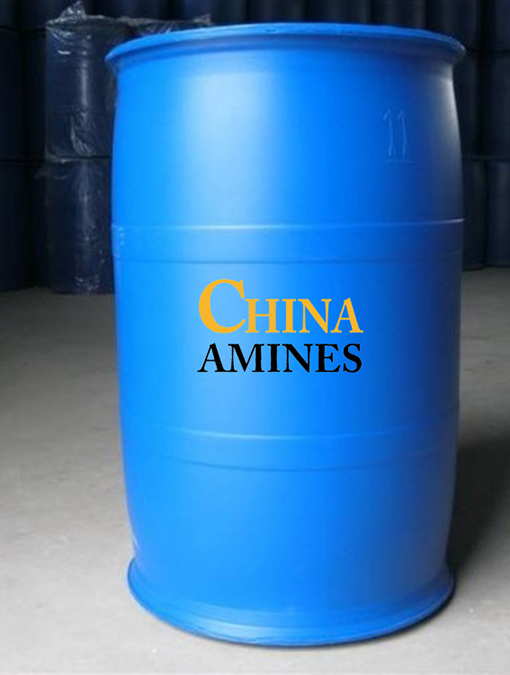1. Chemical Structure and Properties
Molecular Formula: C₅H₈O₂
Structural Formula:
CH₂=CHCOOCH₂CH₃
A vinyl ester with an α,β-unsaturated carbonyl group, combining a reactive acrylate moiety and an ethyl ester group.
Physical Properties:
Appearance: Clear, colorless liquid with a pungent, acrid odor.
Boiling Point: 99.4°C; Density: 0.923 g/cm³; Vapor Pressure: 29 mmHg at 20°C.
Solubility: Slightly soluble in water (1.5 g/L at 25°C); fully miscible with most organic solvents (ethanol, acetone).
Chemical Properties:
Polymerization: Rapidly polymerizes via radical initiation to form poly(ethyl acrylate) or copolymers (e.g., with methyl methacrylate).
Hydrolysis: Degrades in alkaline conditions to acrylic acid and ethanol.
Flammability: Highly flammable (flash point: 9°C; autoignition temperature: 350°C).
2. Industrial Applications
Polymers & Plastics:
Emulsion Polymers: Key monomer for water-based acrylic paints, adhesives, and textile coatings.
Pressure-Sensitive Adhesives:
Provides tack and flexibility in tapes and labels.
Coatings & Inks:
UV-Curable Formulations: Used in fast-drying inks and wood finishes for high gloss and durability.
Textile & Leather:
Fabric Finishes: Enhances water repellency and wrinkle resistance.
Consumer Products:
Nail Polish & Cosmetics: Component of quick-drying formulations.
3. Safety and Toxicology
Health Hazards:
Acute Exposure:
Inhalation (≥50 ppm): Severe respiratory irritation, coughing, and pulmonary edema (TLV-TWA: 5 ppm).
Skin Contact: Causes chemical burns and sensitization (rabbit skin LD₅₀: 1,000 mg/kg).
Ingestion: Highly toxic (oral LD₅₀ rat: 420 mg/kg); gastrointestinal necrosis.
Chronic Effects:
Carcinogenicity: Classified as Group 2B (possibly carcinogenic) by IARC due to rodent tumorigenicity.
Reproductive Toxicity: Embryotoxic in animal studies (EU CLP: Repr. 1B).
Protection Measures:
PPE: Neoprene gloves, full-face respirators, and flame-resistant clothing.
Storage: Inhibited with hydroquinone; store under nitrogen in explosion-proof containers.
4. Environmental and Regulatory Compliance
Environmental Impact:
Aquatic Toxicity: LC₅₀ (fish, 96h): 5–10 mg/L; moderate bioaccumulation (log Kow: 1.5).
Biodegradability: Slow (OECD 301F:<20% in 28 days); persistent in soil.
VOC Emissions: Classified as a volatile organic compound (VOC) under EPA/EU directives.
Regulatory Frameworks:
EU:
REACH: Listed as a Substance of Very High Concern (SVHC); restricted in consumer products.
CLP: Classified as Flam. Liq. 1 (H224), Acute Tox. 2 (H330).
USA:
EPA: Regulated under Clean Air Act (HAP) and TSCA; SARA Title III reporting required.
China:
GB 13690-2009: Classified as Hazardous Chemical (Class 3.1).
Waste Management:
Incinerate at >1,000°C with NOₓ scrubbers; chemical neutralization for small spills.
5. Case Studies and Application Insights
Case 1: Water-Based Paint Reformulation (AkzoNobel, 2022):
Challenge: Reduce VOC emissions in architectural paints without compromising drying time.
Solution: Ethyl acrylate-based emulsion polymers replaced 30% of solvent-borne resins.
Result: Achieved 40% lower VOC emissions (ASTM D6886) and maintained scrub resistance (ASTM D2486).
Case 2: Sustainable Adhesive Production (3M, 2023):
Innovation: Developed bio-based ethyl acrylate from sugarcane ethanol for medical tapes.
Impact: Reduced carbon footprint by 50% and met FDA biocompatibility standards (ISO 10993).
Comparative Analysis:
Ethyl Acrylate vs. Butyl Acrylate:
Pros: Faster polymerization kinetics; better adhesion to polar substrates.
Cons: Higher acute toxicity and flammability.
Ethyl Acrylate vs. Bio-Based Alternatives (e.g., Itaconate Esters):
Pros: Superior film-forming properties and cost efficiency.
Cons: Bio-based esters offer lower toxicity and renewable sourcing.
Specifications:
Ethyl Acrylate is a colorless liquid monomer with a fruity odor, widely used in the production of acrylic resins, adhesives, and coatings, offering excellent polymerization and chemical reactivity, available at wholesale prices from China Amines Co.


